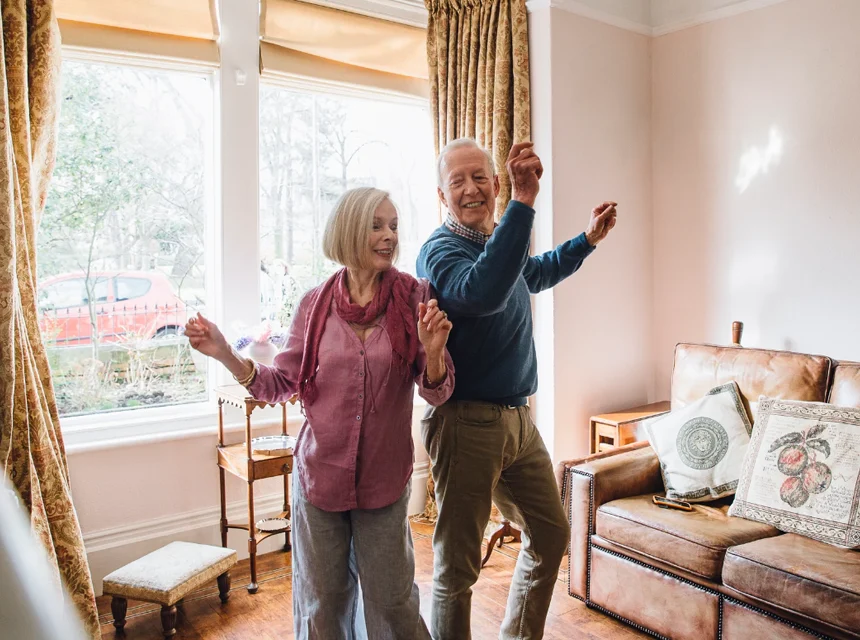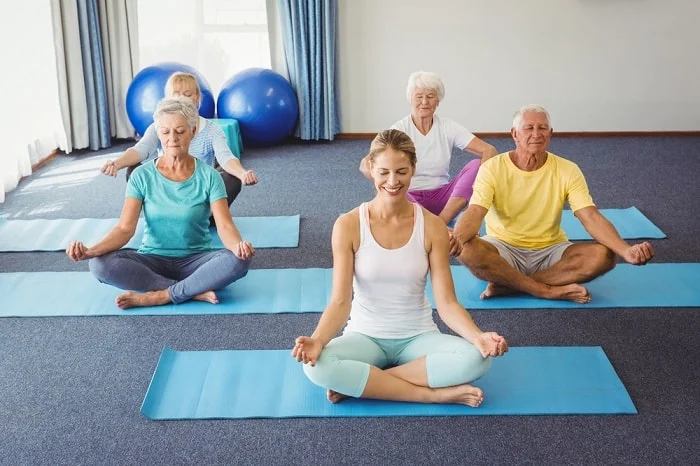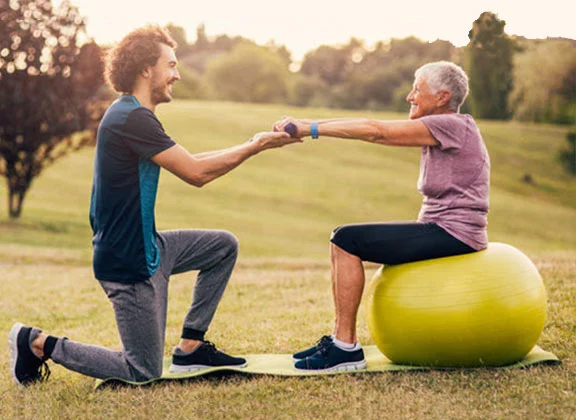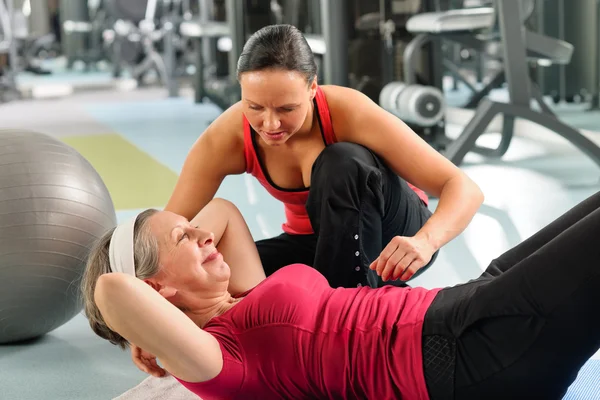Fitness Leader
Your Long Term Care Fitness Leader educational program can open up new professional opportunities for you as an exercise leader working with frail and disabled elderly clients in nursing homes, congregate living facilities and adult day care centers. Learn how to conduct the most productive and enjoyable functional and restorative fitness activities developed for very old, physically restricted populations.
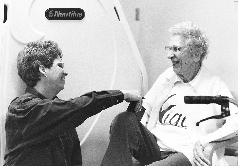
Here are some exciting details about the skills you will master.
-
Provide safe and effective group fitness classes in settings requiring gentle seated, adaptive physical activity for elderly and disabled participants.
-
Develop and implement individual physical fitness plans for frail elderly participants who cannot attend group fitness activities.
-
Conduct a basic program of safe adaptive sports and physically active games for elderly and disabled adults.
-
Incorporate a basic program of effective mental fitness activities for long term care fitness participants.
-
Adapt long term care and individual exercise activities to safely, productively accommodate a variety of population-predictable health considerations.
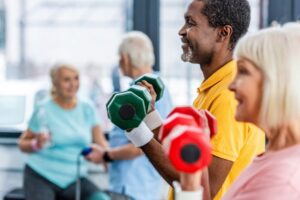
-
Make appropriate technical decisions regarding: (a) use of cardiovascular training methods for long term care clients, (b) balance and gait training, (c) bed exercise programming, (d) passive (hands-on) exercise programming, (e) selected exercise interventions specific to incontinence and dysphagia, (f) non-resistive exercise accessories, (g) resistive exercise, (h) use of music in long term care exercise settings, (i) motivational techniques, (j) common nutritional problems prevalent among very old populations, and (k) exercise modifications in connection with commonly prescribed drugs.
-
Design long term care fitness programs excluding contraindicated movements and inadvisable training methods.
-
Follow specific safety guidelines, including proper warmup techniques, recommended strengthening precautions, and nonstressful stretching procedures, in order to achieve effective conditioning while minimizing overall injury risk (with an emphasis on protecting particularly susceptible areas such as the neck, back, hips, knees, fingers and other joints).
-
Work cooperatively and efficiently with other care team members.

-
Respond effectively to emergency situations.
-
Competently design, format, sequence and supervise long term care fitness programs that promote muscular strength, functional range-of-motion, skeletal integrity, balance, coordination, fall prevention, successful performance of ADL (activities of daily living), preserved socialization, mental fitness, mood elevation, and enhanced self-esteem.










